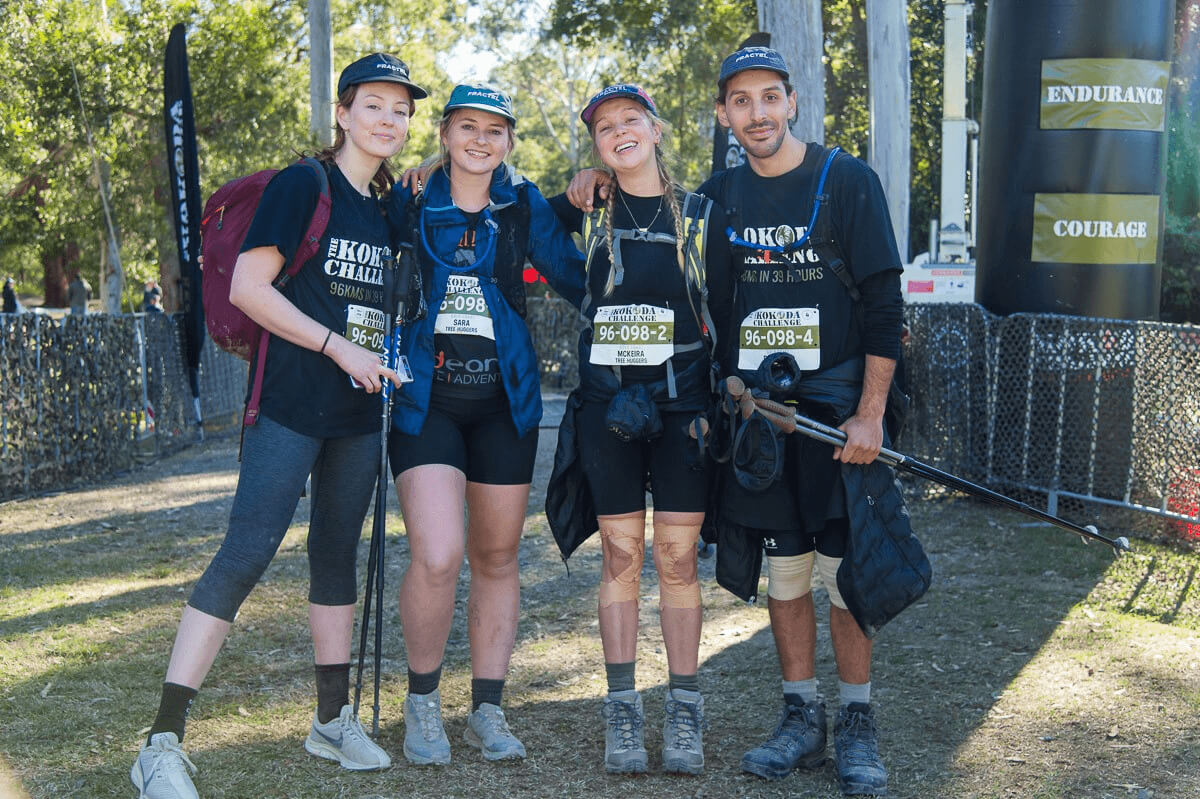Recent Articles

Mateship: A Core Value of the Kokoda Spi...
Thursday, 11th Dec 25

Sunshine Coast Waterfalls: 13 Epic Walks...
Monday, 24th Nov 25

The Fuzzy Wuzzy Angels: Unsung Heroes of...
Monday, 24th Nov 25

Charity Walks Sydney: The Kokoda Challen...
Tuesday, 16th Sep 25

Sydney's Best Walking Trails
Wednesday, 27th Aug 25

Trail Running Sydney: The Best Trails to...
Thursday, 10th Jul 25

Sydney Ultra Marathon: Test Your Limits ...
Friday, 13th Jun 25

15 Best Walks in Royal National Park
Tuesday, 20th May 25

The Best Hikes the Sunshine Coast Has to...
Wednesday, 16th Apr 25

The Best Hikes to Do in Sydney
Thursday, 27th Mar 25

Exploring The Natural Bridge Circuit In ...
Monday, 20th Jan 25

The Warrie Circuit: A Guide to Springbro...
Wednesday, 11th Dec 24

Discover the Beauty of the Twin Falls Ci...
Tuesday, 26th Nov 24

A Quick Guide to Springbrook National Pa...
Tuesday, 26th Nov 24

12 Amazing Benefits of Exercise
Thursday, 13th Jun 24

The Ultimate Fitness Challenge on the Go...
Thursday, 13th Jun 24

Fitness Challenge Newcastle: The Kokoda ...
Friday, 3rd May 24

Walking in Honour of Marco
Tuesday, 16th Jan 24

Kokoda Legacy is back in 2023!
Monday, 4th Sep 23

Kokoda Challenge Fundraising Ideas
Wednesday, 12th Jul 23



